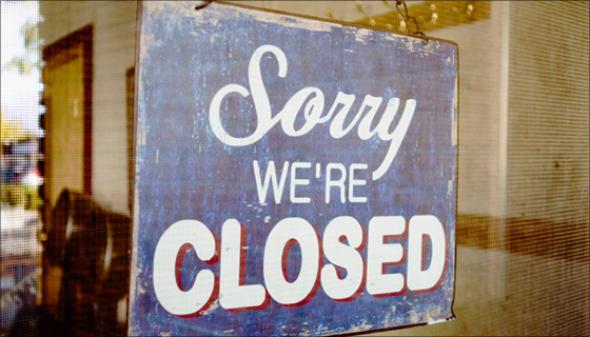
Today marks the 19th anniversary of the September 11 attacks in the United States, which tragically killed 2,977 people and resulted in insurance losses of more than $45 billion.
The attacks caused three significant changes to P&C insurance. First, they triggered an immediate hard market with capacity shortages, rate increases, and curtailed coverage. Second, they gave rise to a new market for stand-alone terrorism insurance (today estimated at $2 billion to $3 billion in premiums globally). Finally, the attacks caused the U.S. government to intervene and promise to reimburse domestic insurers for future acts of large-scale terrorism, encapsulated in the Terrorism Risk and Insurance Act of 2002 (TRIA).
Fast-forward 19 years to today, and we have a terrorism insurance market with affordable coverage, stable capacity, and new specialty products covering emerging threats such as active shooters and non-physical damage. How can this successful outcome serve as a guidepost for the P&C industry as it grapples with what to do about covering future pandemics? In this blog post, I present three lessons for the industry:
Lesson #1: Models make markets
In the wake of the September 11 attacks, the insurance industry was reeling. Insurers didn’t know how many policies they had issued with the common addresses of 1 and 2 World Trade Center, or how many employees they covered for workers' compensation at those addresses. They simply didn’t track such things. The ensuing shock gave rise to the modern practice of accumulation management as well as the first terrorism catastrophe models, which attempted to quantify the frequency and severity of large-scale acts of terrorism. Today, while the frequency of terrorism remains notoriously difficult to forecast, modeling the severity of a large-scale bombing is based on well-understood principles of physics and fluid dynamics, and insurers believe in these models. As a result, they can successfully price the coverage, transfer the risk to reinsurers, and manage their accumulations of exposure.
This is evidence that models make markets: if insurers believe they can quantify a risk with a reasonable amount of certainty, they can create new insurance products, meet new sources of demand, and grow profitably. What this means for pandemic risk in 2020 is clear. It means we must raise the bar on analytics and models that simulate the transmission of infectious disease and the insurable losses they cause. With existing precedents from SARS, MERS, Ebola, COVID-19, and dozens of flu pandemics, modeling both the frequency and severity of pandemic risk—as well as the business interruption and human injury they cause—is a worthy endeavor that the industry should embrace.
Lesson #2: Public–private partnerships can create vibrant insurance markets for difficult perils
The U.S. government plays a stabilizing role in many lines of P&C insurance today, including the following:
Terrorism coverage that reinsures the primary insurers that offer it
Flood insurance guaranteeing coverage for risky properties
Crop protection offering basic multi-peril crop coverage to farmers
It may very well be that government involvement is needed to create a sustainable market for pandemic coverage as well, given the many “unknown unknowns” of the risk. Accordingly, the Pandemic Risk and Insurance Act of 2020 (PRIA) was recently introduced in Congress. The structure of the bill was modeled on the 2002 terrorism bill, with a substantial deductible and a federal quota share. Several trade organizations and insurers have proposed their own legislation frameworks in addition to this bill, and there will likely be many revisions as the legislation is negotiated.
Although this legislation is unlikely to apply retroactively to policies in force at the time of the COVID-19 outbreak, it could serve as the basis for kick-starting an affordable means of providing business interruption coverage for disease outbreaks going forward.
Lesson #3: P&C insurance is playing a minimal role in society’s recovery from COVID-19. For the industry, that should be a huge disappointment.
The economic losses caused by COVID-19 will be huge, but the insured losses will be less significant. This is because of standard contract wording, including viral exclusions and physical damage requirements that will severely limit coverage on most business policies.
Such a wide protection gap is problematic. For the industry, it’s disappointing that its products fail to respond to what is arguably the most important catastrophe of our generation. For business owners, it has called into question the very relevance of the insurance they purchase. Evan Greenberg, Chubb’s CEO and a frequent industry commentator, summarized it best: “It is our job to figure out how to . We can do more than simply play an administrative role where we’re less relevant than we can or should be.”
To stay relevant, the industry must learn how to insure future pandemics, just as it figured out how to cover terrorism after September 11, 2001. This is an enormous task that will involve:
Creating new, carefully written coverages
Executing public–private partnerships to create adequate capacity
Building advanced analytics to quantify the risk
But this is a problem that must be solved. Insurers’ very purpose is to promote resilience and play a key role in financial recovery following a major catastrophe. With pandemics, this purpose must be fulfilled.